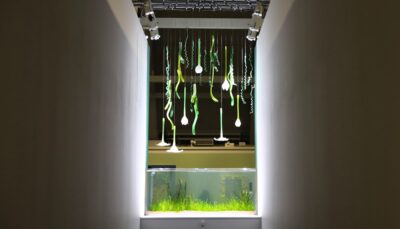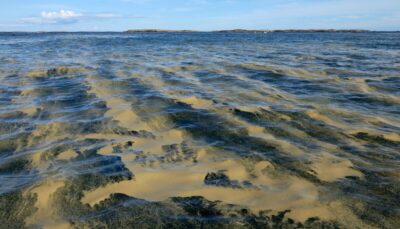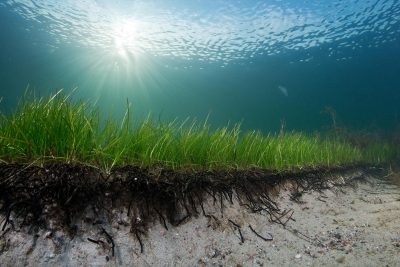Cooperation between the John Nurminen Foundation and Traficom reduces chemical emissions into the Baltic Sea
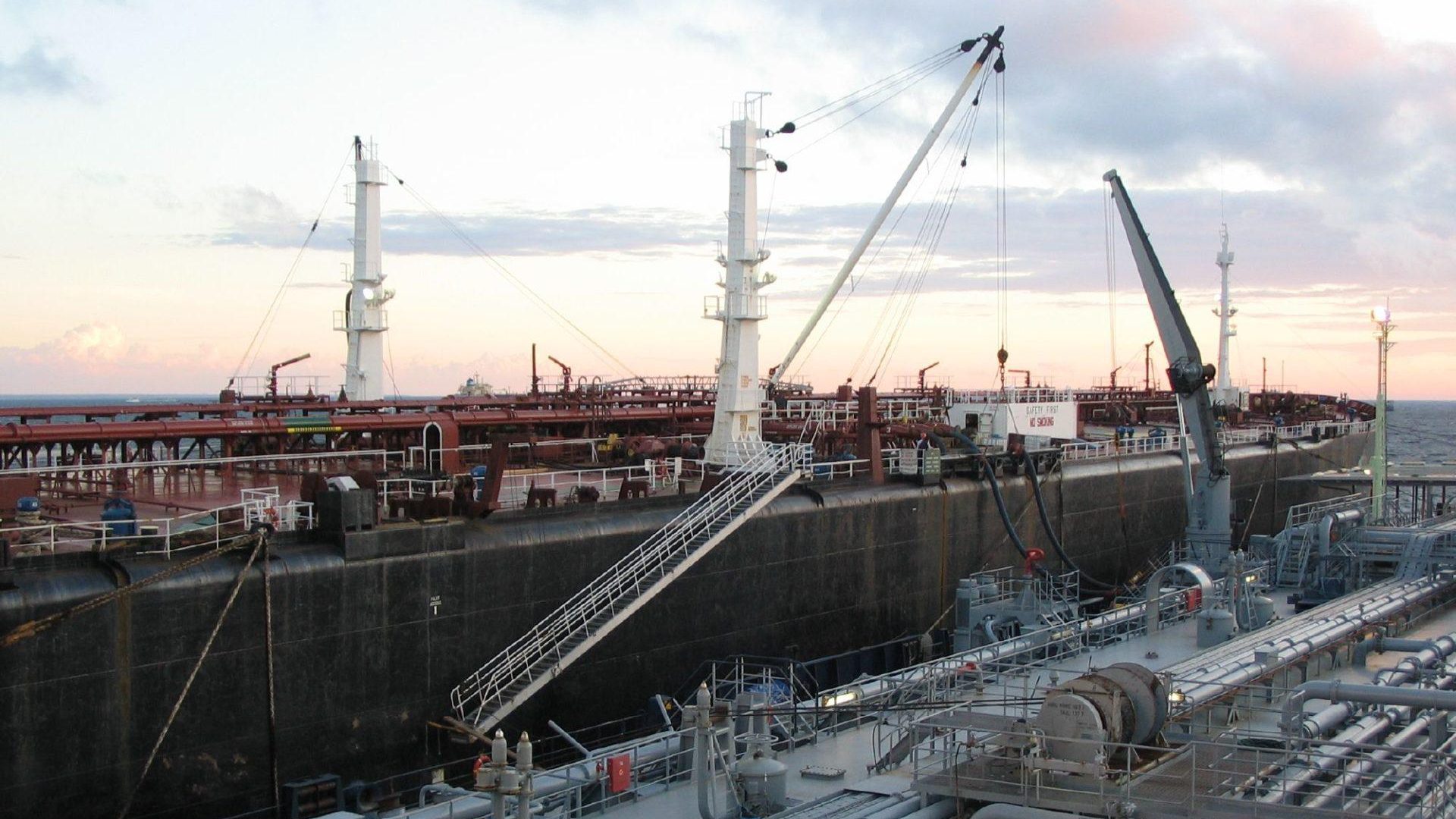
When a tanker carrying liquid bulk cargoes – that is, chemicals – washes its tanks, this can result in the discharge of hundreds of litres of harmful and hazardous chemicals into the sea in one go. The John Nurminen Foundation and the Finnish Transport and Communications Agency Traficom have launched a project that seeks to identify the most harmful and hazardous chemical discharges into the Baltic Sea resulting from the washing of tanks in chemical tankers calling at Finnish ports. It also seeks to find solutions to reduce permissible discharges.
After unloading their cargo, chemical tankers often wash their tanks with seawater en route to the next port of loading. Under the International Convention for the Prevention of Pollution from Ships (MARPOL), ships may discharge certain chemicals into the sea during tank washing within certain limitations.
“According to the regulations, a ship discharging washing waters must be far enough from the nearest land – at least 12 nautical miles (approx. 22 km) – and the depth of the sea must be 25 m. In practice, this means that in the shallow Gulf of Finland, for instance, tank washing is carried out in a relatively small area of the sea,” says Jyrki Vähätalo, Special Adviser at Traficom.
“At the John Nurminen Foundation, we improve the state of the Baltic Sea by reducing marine loads and environmental risks. Even though the washing water is diluted when it mixes with the Baltic Sea, our foundation wants to ensure that avoidable chemical flows do not burden the sea. We hope that companies that use chemicals will join us in protecting the Baltic Sea and developing solutions to reduce emissions,” says Ulla Rosenström, Director of Marine Environment at the John Nurminen Foundation.
The most harmful and hazardous chemicals and their quantities have been assessed
At the beginning of the project, Traficom’s experts Juulia Suikula and Jyrki Vähätalo carried out a risk assessment to identify the chemicals that potentially have the greatest harmful impact on the marine environment and human health. The risk assessment took into consideration how harmful each chemical is to the environment and how hazardous it is to human health, and the quantities discharged at Finnish ports.
On the basis of the risk assessment, the Chemical Tanker Project is seeking solutions to reduce emissions of styrene, benzene and pyrolysis gasoline (which are used as raw materials for plastics, for instance) as well as tall oil (which is used especially in the production of biofuels).
Seeking solutions to reduce emissions in cooperation with various actors
“The chemical load caused by tank washing can be reduced by means such as developing tank emptying and washing methods as well as the treatment of washing water. The most effective solutions may vary for different chemicals – for this reason, the companies using these chemicals play a key role in finding the best solutions,” says Eeva Tähtikarhu, Project Manager of the Chemical Tanker Project at the John Nurminen Foundation.
In Kilpilahti, Porvoo, there is a good example of a company that goes beyond the requirements of its environmental permit and the International Convention for the Prevention of Pollution from Ships (MARPOL) in the management of emissions from its supply chain. BEWI RAW Oy, which manufactures EPS (expanded polystyrene) products, requires vessels to wash their tanks after unloading their styrene cargo in the Kilpilahti port before heading out into the Baltic Sea.
“This enables the recovery of washing waters that contain styrene. The styrene is separated from the washing water and utilised at the production plant. The remaining washing water is then treated at the company’s own wastewater treatment facility,” says Petri Rekonen, Site Manager at BEWI RAW Oy.
“We’ve been using this practice for years at Kilpilahti. In this project, we’re interested in determining whether the method could also be deployed at other ports from which raw materials are shipped to us.”
Read more about the chemical tanker project:
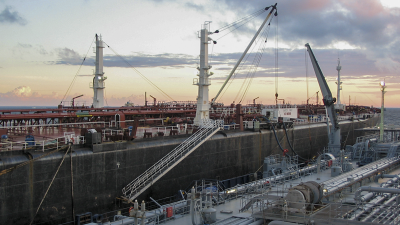
Project reduces discharges of harmful substances into the Baltic Sea from tank washing on chemical tankers.
